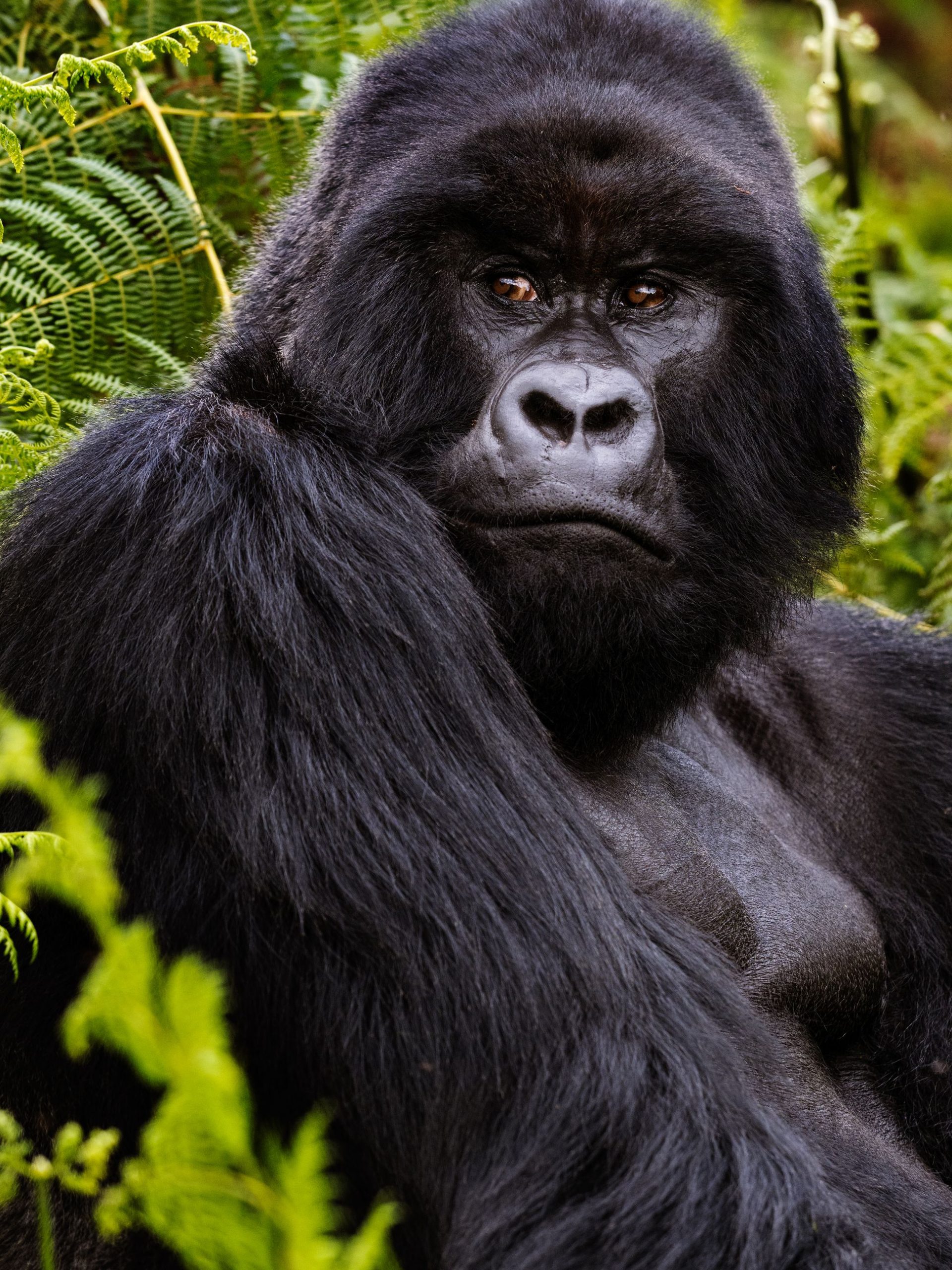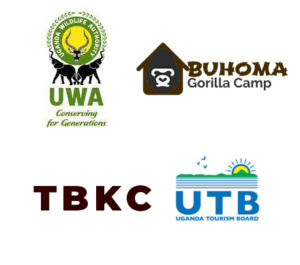Covering about 1,019 km2 of the total surface land area, Nyungwe Forest National Park is one of the oldest rainforests on the African continent and one of the biggest national parks situated in the southwestern part of Rwanda.
The park is largely dominated by wetlands, grasslands, Afro montane forests and bamboo home to over 300 different bird species, about 1000 plant species and several mammal species.
In 2020, a 20-year agreement to manage Nyungwe was signed to restore and protect the park by several 20 national parks in Africa, Rwandan Development Board together with Akagera National Park. This was a result of increased poaching, illegal settlement, illegal mining and agricultural encroachment that initially threatened the existence of the rich biodiversity of the park.
CHIMPANZEE TREKKING EXPERIENCE IN NYUNGWE FOREST NATIONAL PARK.
Chimpanzees are very charismatic human-like primate species and are believed to be the most intelligent species after humans. Watching them in their natural habitats can be such a breathtaking lifetime experience. Nyungwe Forest National Park is one of the finest spots for chimpanzee tracking in Rwanda.
Here are about 400 chimpanzee individuals sheltered in the Nyungwe forest alongside other several wildlife species. Tracking chimpanzees in Nyungwe takes about 3 to 6 hours depending on their location as they are quick in their movements making them move for longer distances.
Visitors are advised to wake up early in the wee hours of the morning around 4:30 am to prepare and embark on their tracking journey. By 5:00 am, briefing on the dos and don’ts commences before the activity can take place.
The essence of waking very early in the morning is as a result enormous size of the park where the earlier the better. The best way to track the chimpanzees is waking up early as they tend to move quicker in deep forests to start their day.
Later on, trackers and park rangers may use their experienced knowledge to tell the location of chimpanzees and once they are tracked, visitors can be able to take stunning photos of the chimpanzees, learn about their breastfeeding habits, mating, and how they behave exactly like human beings.
ACTIVITIES IN THE PARK.
Birding Activities.
Nyungwe Forest National Park is one of the best hot spots for birding activities in Rwanda given its rich biodiversity. There are about 300 different bird species in Nyungwe including Archer’s robin chat, Ruwenzori mantis, Grauer’s warbler, Dusky crimson wing, Kungwe appalis, sunbirds, Neuman’s warbler and large blue Turaco alongside about 26 bird species that are endemic to the Albertine river.
Cultural Encounters.
While visiting Nyungwe, visitors can also have a rare opportunity of visiting the neighbouring Rwandan cultural communities for example Banda community village, and Kitabi cultural village where they can learn about their way of living, art, and cultural history background.
ACCESSIBILITY OF THE PARK.
Nyungwe Forest National Park can be accessed by both road means of transport and by flight air. By using road means visitors will either have private means or public means where they can use a bus that takes off every one hour from Kigali City through Karongi town to Nyungwe taking about 6 to 7 hours.
Helicopter flights are also organized and a helicopter takes about 45 minutes to the tourism destination. Private lodges work hand in hand with Akagera Aviation to transport visitors to their accommodation facilities where they can spend a night and dive into the chimpanzee tracking activities the next day.
BEST TIME TO DO CHIMPANZEE TREKKING.
Chimpanzee trekking in Nyungwe Forest National Park is an all-year-round tourism destination. However, the dry period of the year between December to February and July to September in Rwanda is the best time to carry out this activity.
The tracking routes are dry and accessible making it easy to maneuver and track these primate species without much complications unlike during the rainy season where they are slippery, muddy and almost inaccessible. Sighting the chimpanzees and other primates in Nyungwe is also made easier and clearer during the dry season as a result of short and reduced vegetation.
HOW MUCH CHIMPANZEE TREKKING PERMITS COST?
The chimpanzee trekking permit costs 25 USD per trek per person for Rwandan citizens and East African community citizens. International visitors pay about 150 USD per trek per person and Rwandan residents and East African residents pay about 75 USD per trek per person.
What our customers Say ?






